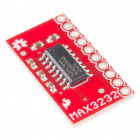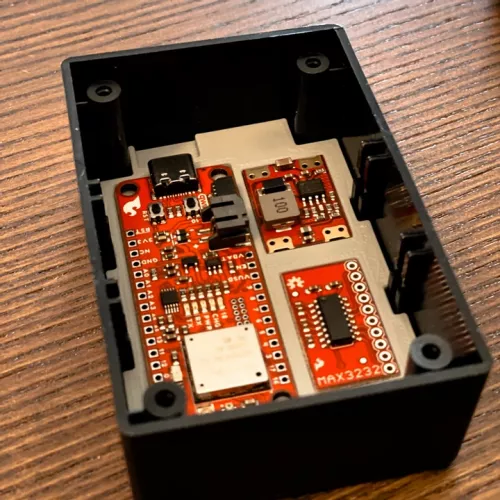Do you ever interact with finalized products or projects and feel total bewilderment at how it achieved such a refined end-state, let alone how it was even started? Sometimes it's hard to imagine the dozens of iterations a product undertook, and the different forms it morphed into over time. It can often feel ambiguous - like the product materialized out of thin air, or the engineer knew exactly the parameters and tools to deploy to create it. But, we all know that's obviously not how engineering works...it takes many dozens of ideas and attempts from different points of view to build out a polished project.
Personally, I really enjoy the context of how a product was ideated and iterated upon; it gives me more of an appreciation of the result. And that means going a step further than simply explaining where the idea came from and the list of tools used. It's understanding the thought process - why certain technologies were used over others, how the physical shape and size of the embedded device was considered, and the different stages of iteration.
This elusiveness of the prototyping process is unveiled a bit more by a company called Tincubate, as they showcase the end-to-end process of porting an existing gas metering Modbus to a wireless solution for Air Liquide. This team of tinkerers are experienced in this process, and accustomed to rapid development and iterative execution, so it's good to learn from the way they think through design and implementation.
In building a wireless solution, they considered the many different ways to implement communication, and go through their thought process in ruling out specific technologies. Mesh technologies would require the nodes to constantly be on, which would cause more power consumption, and cellular would quickly become operationally expensive. They ultimately decided that LoRaWAN would be the best technology to make integrations easy in the future. So they set up a system where gas monitoring sensors connect to a centralized gateway that pushes data into the cloud.
Their process was sequential - firstly making sure the tech works, then making the design more compact, and this is where SparkFun's LoRa Thing Plus came into play!
This project is so cool, not only because of the tech that it utilizes, but because of the building process Tincubate outlined. They consider the business objectives needed, like reducing site installation cost and complexity for this specific client, and they assess what the best technologies for this specific project might be, and how to iterate over a design. Hopefully this design process pushes your thinking in how you should build out your next project, whether that's changing the technologies you use or reconsidering what the objectives are in the first place!




No comments:
Post a Comment